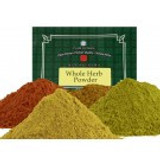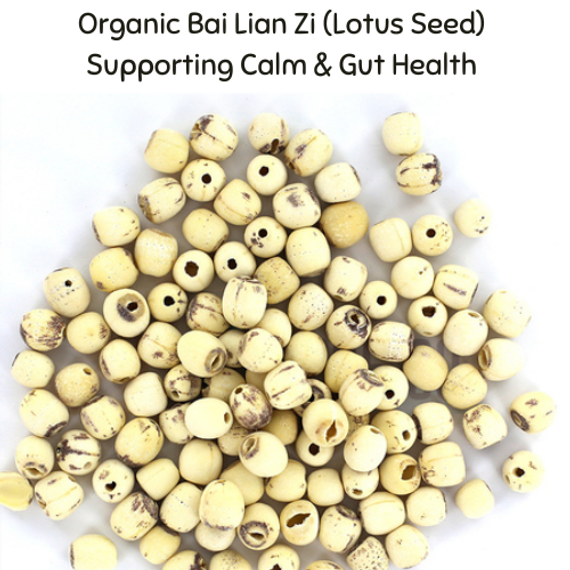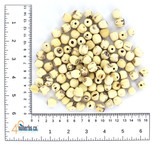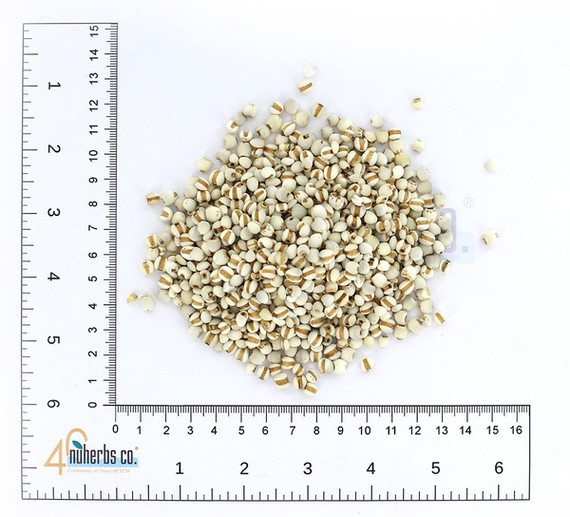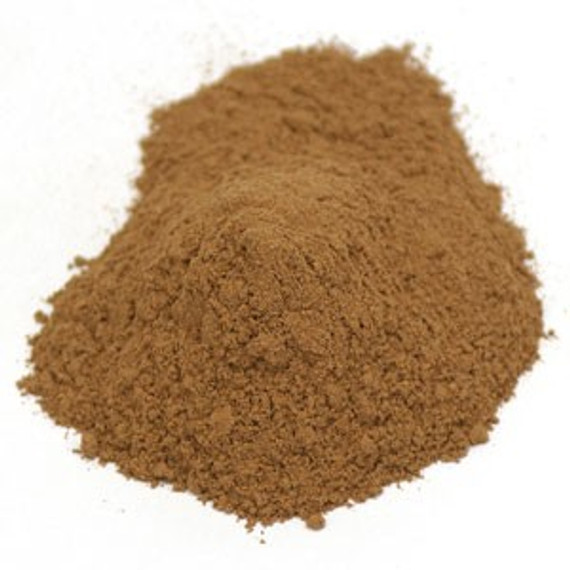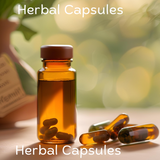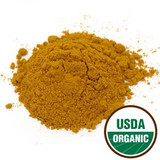There are no products listed under this category.


NuHerbs Lab Tested
Andrographis Herb (Chuan Xin Lian) - Cut Form 1 lb. - Nuherbs
Herbal Information for Andrographis Herb in Cut Form


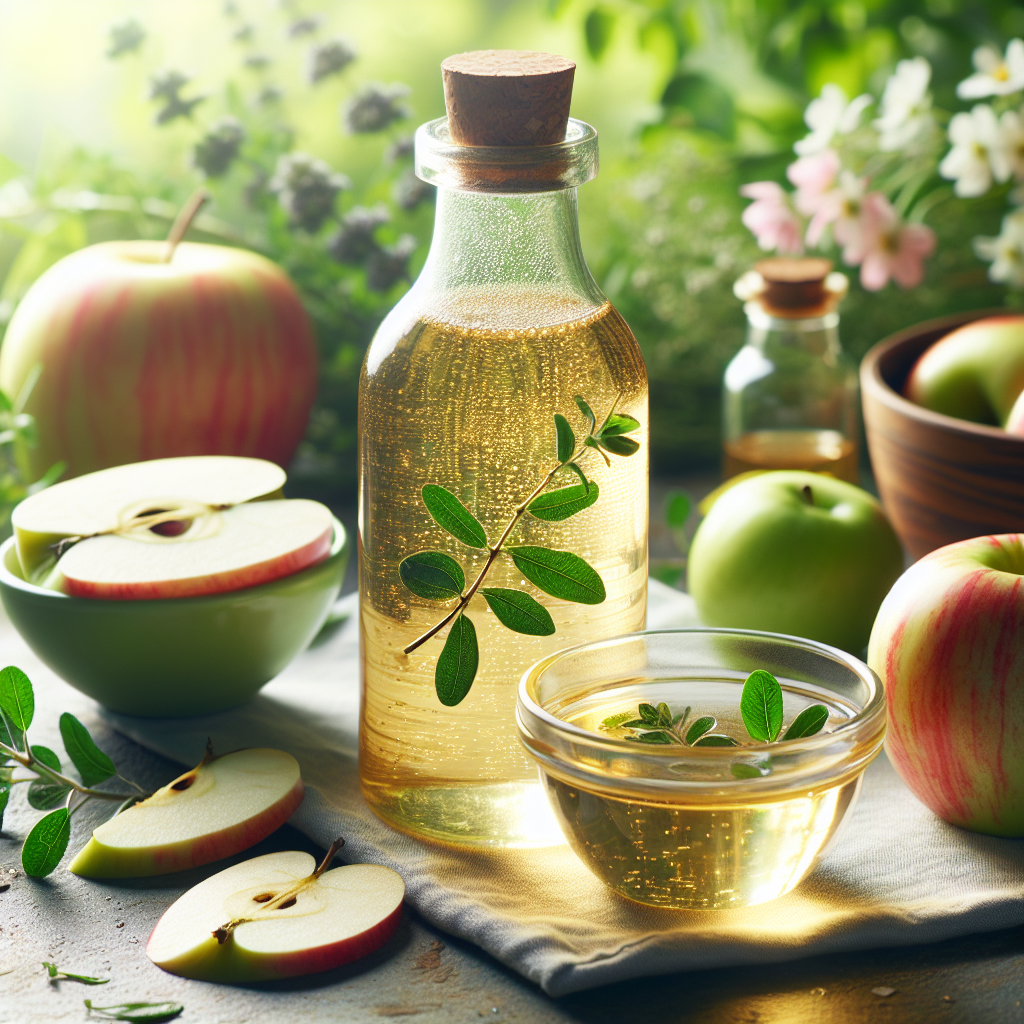 Core Hair Rinse Recipes
Core Hair Rinse Recipes
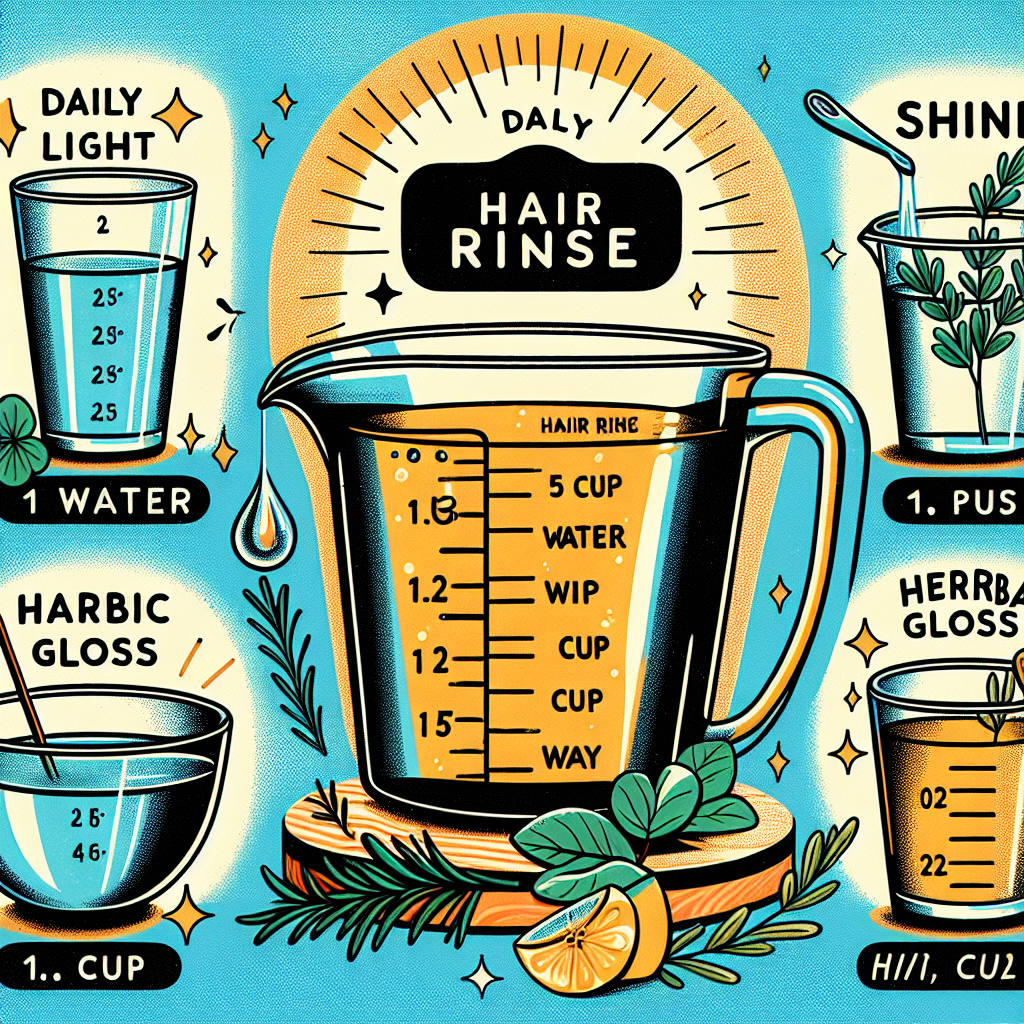 Daily-Light Rinse (pH≈5): 1 cup water + 1 tsp ACV.
Daily-Light Rinse (pH≈5): 1 cup water + 1 tsp ACV.








